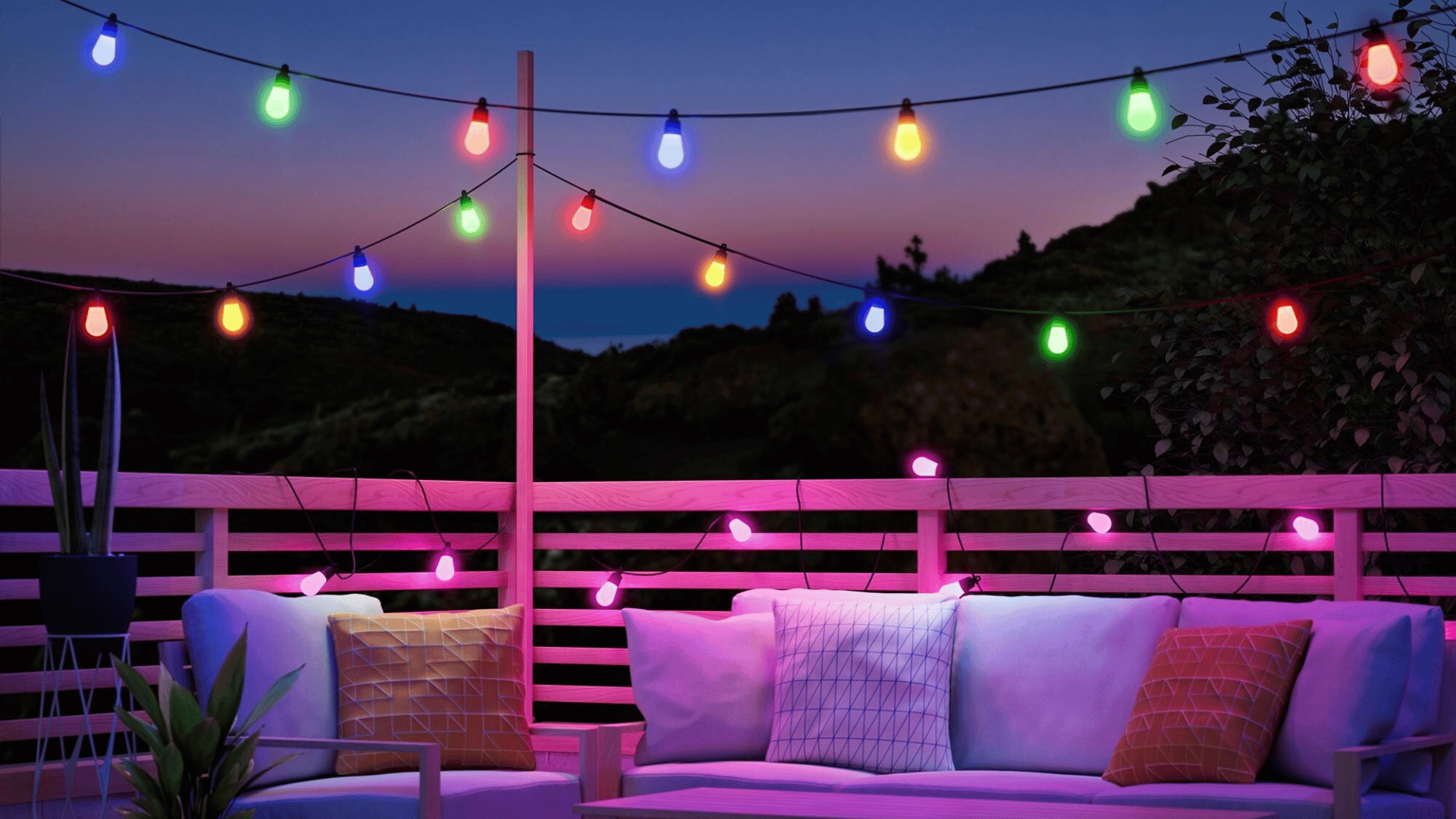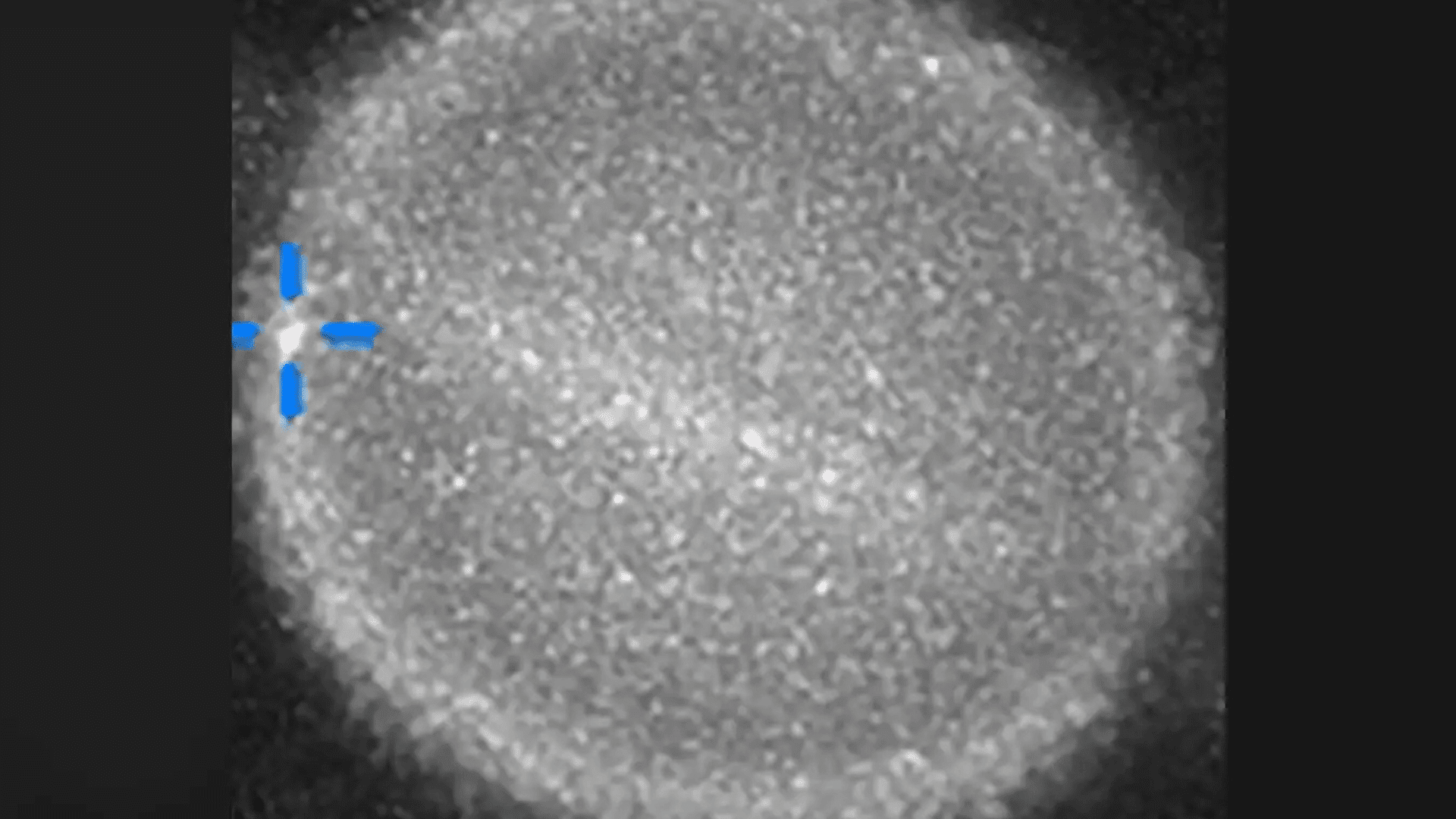Antelope Canyon, located east of Page, Arizona, got its name from local Navajo stories about the pronghorn antelopes which once grazed along the canyon in the wintertime. The walls of the canyon rise roughly 120 feet high above the streambed. It’s the most visited and most photographed slot canyon in Southwest America.

A slot canyon is a long, narrow channel with sheer walls which are either eroded into sandstone or sedimentary rock. So a slot canyon is typically formed by the rush of water against rock. In this case, it was formed mainly due to a series of flash floods and rain over a long period of time. The canyon contains two separate and distinct slot canyons: Upper Antelope Canyon and Lower Antelope Canyon.
Upper Antelope Canyon is also known as ‘The Crack’ or ‘Tsé bighánílíní’ by the Navajo (‘the place where water runs through rocks’). Part of the popularity of the Upper Canyon is due to the fact that the entirety of the site is ground level so it requires no climbing in order to view and appreciate it properly. It is also famous for the way beams of sunlight radiate down from the top of the canyon.

The Lower Antelope Canyon is also referred to as ‘The Corkscrew’ or Hazdistazí by the Navajo (‘spiral rock arches’). Located a few miles from the Upper Canyon, the Lower Canyon is slightly shallower without as much of the stunning sunbeams. This site is more treacherous to hike than Upper Antelope Canyon, but the installation of metal stairways along the path has made the hike considerably easier.
A guided tour is necessary in order to view this natural wonder, as it is a sacred monument to the Navajo people. It has been accessible only by permit since 1997 when it became a Navajo Tribal Park.







